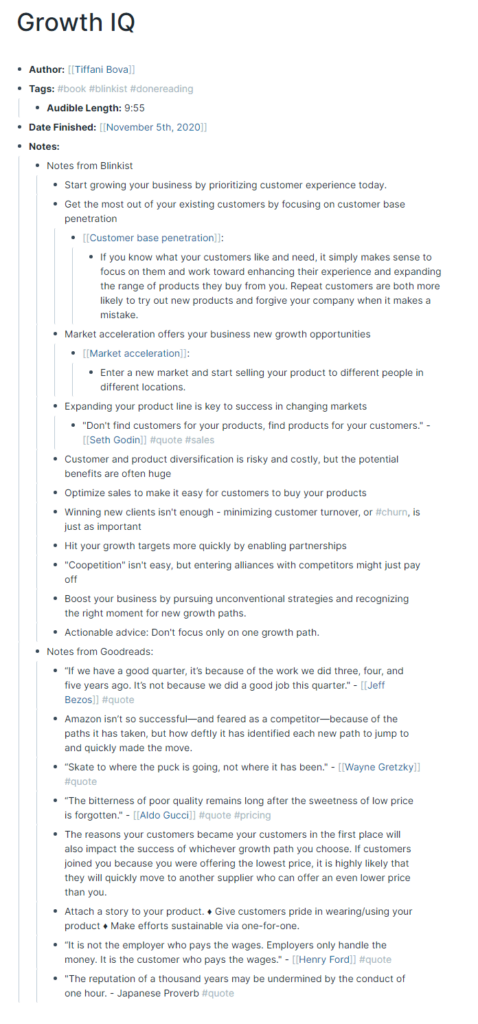If you run a business, there’s a good chance that your best customers are people that remind you of how you used to be.
As Rory Vaden put it:
You’re most powerfully positioned to serve the person you once were.
It makes sense for a lot of us. We had a problem to overcome, found a great solution for it, and now offer that solution to others.
Because you had that same problem, you can clearly state the problem back to your audience, instantly giving you credibility with them even if you don’t propose the solution yet.
Because you faced that problem yourself and overcame it, your customer trusts that you know how to solve their problem. Embrace it.
